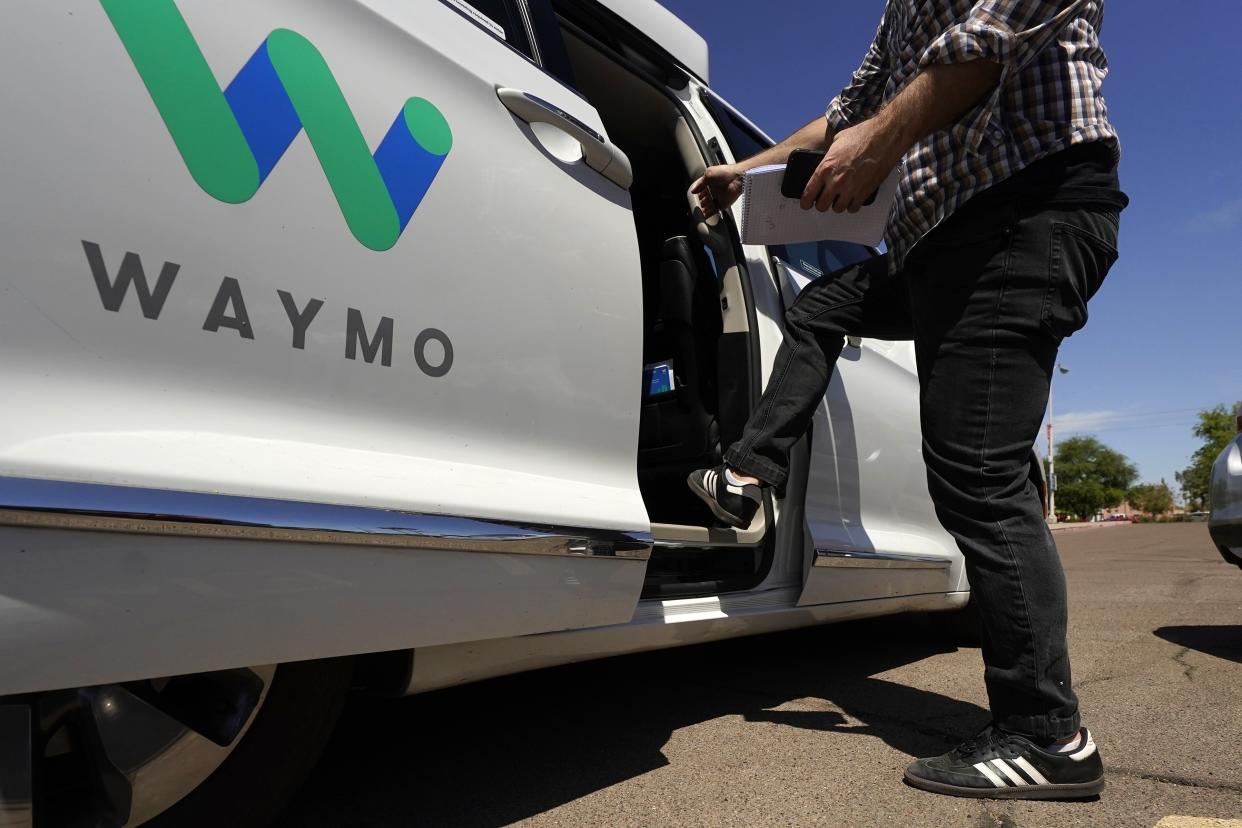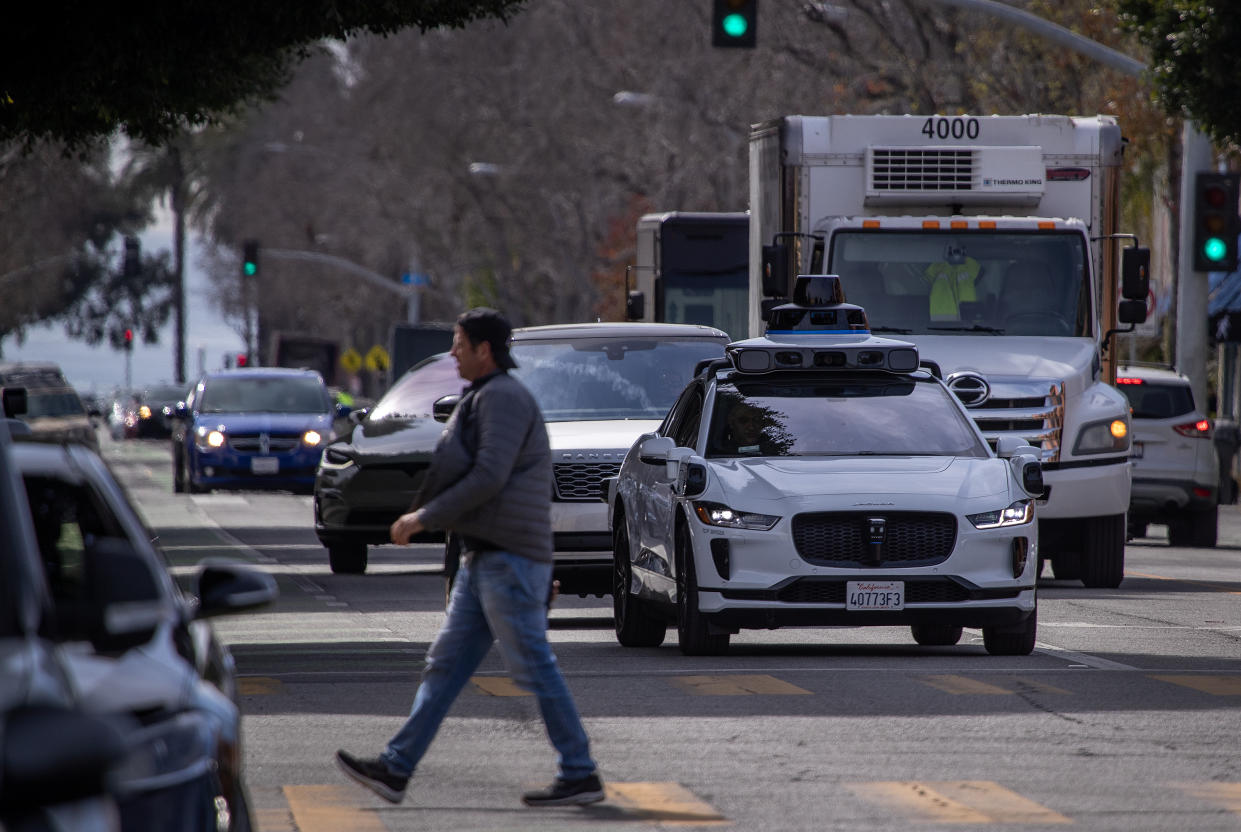Waymo executive: 'Safety case alone is sufficient' for self-driving cars
A top executive for Alphabet-owned (GOOG, GOOGL) Waymo doubled down on the safety of self-driving cars, even as rival Cruise, the autonomous vehicle venture owned by General Motors (GM), faces increased scrutiny over its technology in the face of recent incidents.
In an interview with Yahoo Finance, chief product officer Saswat Panigrahi pointed to Waymo's track record, saying that its first million miles of rides have shown no injuries and no contact with pedestrians and cyclists, proving autonomous driving’s value.
“The safety case alone is sufficient because I don't think we should be accepting something that kills 40,000 people a year in a developed market,” said Panigrahi, pointing to the number of car accidents caused by human drivers. “I think that alone is a sufficient case to be going all in [on autonomous vehicles].”

Panigrahi’s comments come amid growing concerns about the safety of autonomous vehicles operating in limited capacity. Just this week, Cruise recalled 950 of its robotaxis following an October incident in San Francisco that resulted in one pedestrian being dragged some 20 feet by a Cruise vehicle in an attempt to avoid a woman who was initially struck by a separate human driver. This prompted a federal investigation and led to California regulators revoking the company’s permits to operate in the state without a human driver onboard.
A recent filing with the National Highway Traffic Safety Administration (NHTSA) revealed that the company detected a defect in the “collision detection subsystem” in its driverless software.
Waymo continues to operate a paid, driverless service in San Francisco with a fleet of 250 cars, along with service in Phoenix. It began offering limited service in Los Angeles last month.
Panigrahi explained that the company has virtually simulated driving billions of miles using software prior to launch and continues to have the equivalent of 25,000 Waymo cars testing a myriad of scenarios to ensure safety. The company has also driven well over 20 million miles in Waymo vehicles, both with a human safety driver and without, Panigrahi said.

“I think it's reasonable to question the status of autonomous technology itself, but I think if we look across the industry, things are progressing pretty well,” said Michael Wagner, CEO of Edge Case Research, a risk management partner for companies building autonomous technology. “I see [Cruise incidents] as being a symptom of, perhaps, poor safety culture at Cruise specifically. If we look more broadly throughout the industry, we do see folks producing data, talking about safety in a really meaningful and transparent way.”
A recent report published by reinsurance firm Swiss Re, in partnership with Waymo, pointed to improved safety. The firm analyzed more than 600,000 insurance claims across more than 125 billion miles driven and found that autonomous vehicles had a better track record.
In more than 3.8 million miles driven without a human driver, Waymo cars “incurred zero bodily injury claims” compared to human drivers who incurred 1.11 claims per million miles, according to Swiss Re. The study also found that the Waymo driver “significantly” reduced property damage claims.
Beyond safety, Panigrahi said there is a growing use case for autonomous vehicles to reduce congestion in major cities.
“We have been able to, for example, work with transit agencies on furthering the reach of the last mile of their job,” Panigrahi said. “It can increase their public transportation options as well. And just in general [increase] accessibility as well to a broader audience.”
Akiko Fujita is an anchor and reporter for Yahoo Finance. Follow her on Twitter @AkikoFujita.
Click here for the latest technology news that will impact the stock market.
Read the latest financial and business news from Yahoo Finance
